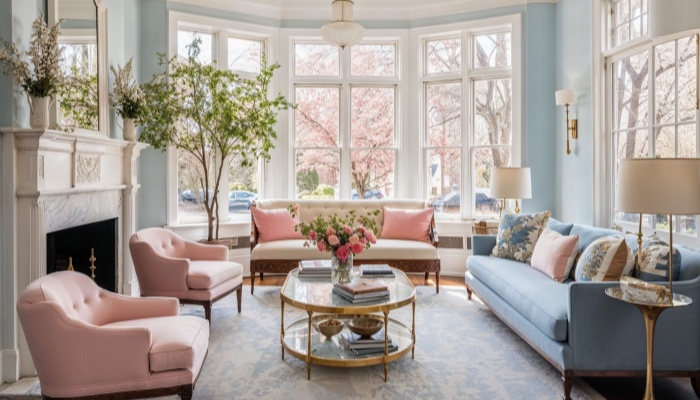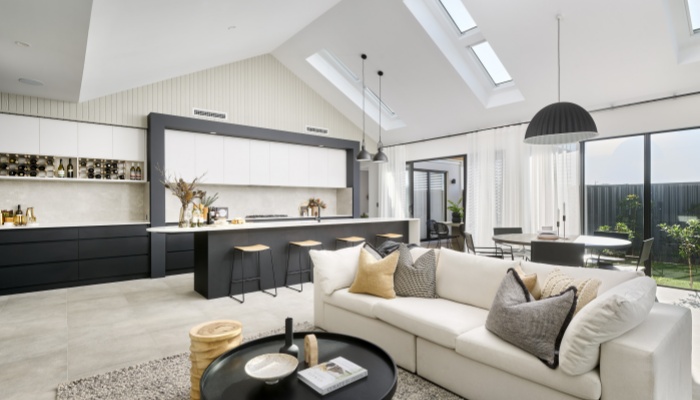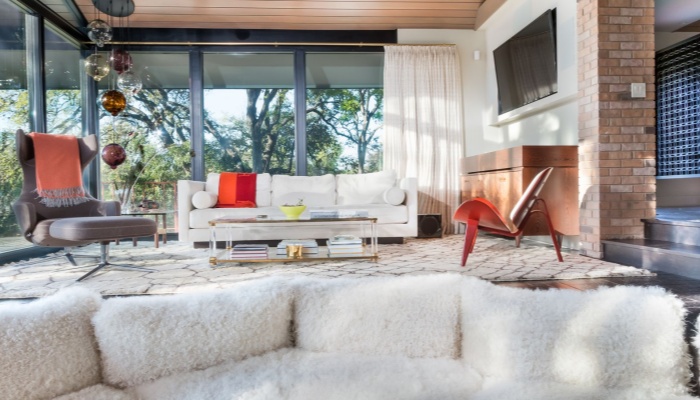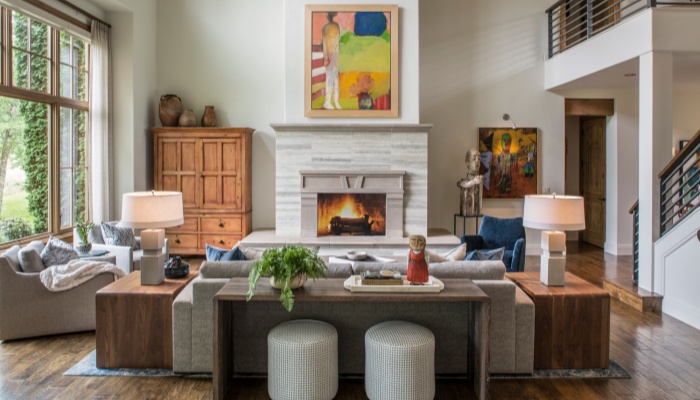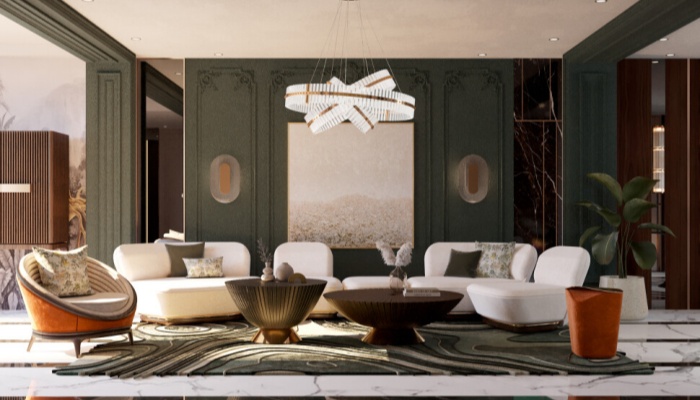Another important factor is the selection of furniture and fixtures. Choosing the right pieces can make a significant difference in how functional an area becomes. Opt for multi-functional furniture, such as sofa beds or extendable dining tables, to maximize space and versatility. Additionally, consider the scale of your furniture in relation to the area. Oversized furniture can overwhelm a small room, while too-small pieces can make a large space feel empty.
Lighting also plays a crucial role in the functionality of different areas. Natural light can elevate the mood of a space, while well-placed artificial lighting can enhance its usability. For example, task lighting in a kitchen can improve visibility during meal preparation, while ambient lighting in a living room can create a cozy atmosphere. Incorporating a mix of lighting sources, including overhead fixtures, floor lamps, and wall sconces, can provide both functionality and aesthetic appeal.
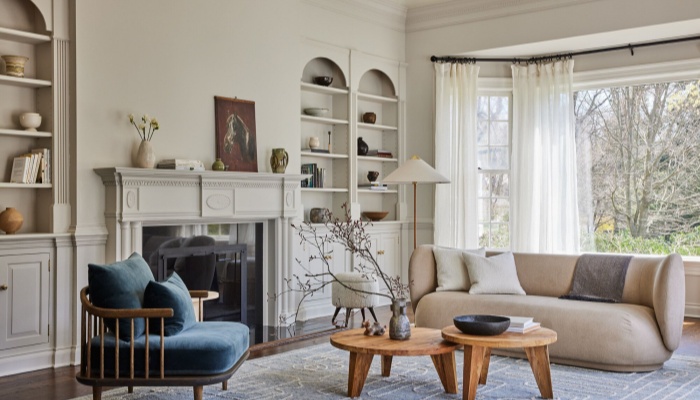
Storage solutions are another key consideration when designing functional areas. Clutter can quickly diminish the usability of a space. Therefore, integrating smart storage solutions, such as built-in shelves or under-bed storage, can help keep your home organized. Custom cabinetry can also be tailored to fit your specific needs, ensuring that every inch of space is utilized effectively.
Additionally, think about the flow of the space. Each functional area should connect logically to the next. For instance, the kitchen should be easily accessible from the dining area to facilitate meal serving. Open pathways and clear sightlines can enhance the overall functionality of your home, making it easier to navigate between different areas.
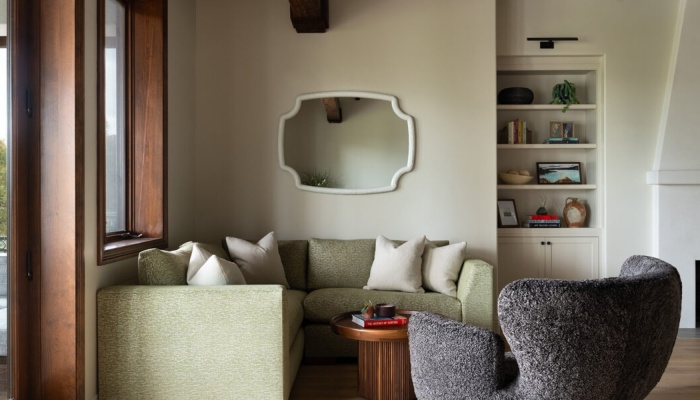
Finally, do not overlook the importance of personal style. While functionality is paramount, your home should also reflect your personality. Choose colors, materials, and decor that resonate with you. This balance between functionality and personal aesthetics can create a harmonious living environment that is both practical and enjoyable.
When designing functional areas in your home, consider layout, furniture selection, lighting, storage solutions, flow, and personal style. Each of these elements contributes to creating a space that is not only efficient but also reflective of your individual preferences.

